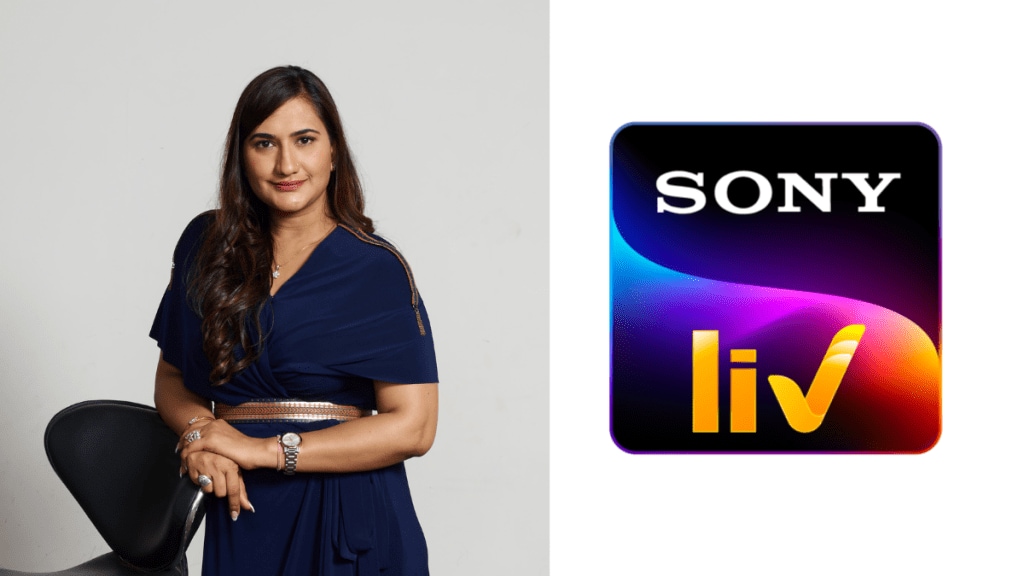Shark Tank India Season 4 made a bold move this season, shifting from TV to Sony LIV’s OTT platform, embracing the digital age with open fins. While the transition brought convenience and flexibility for viewers to catch the pitch-perfect drama on-demand, the shift hasn’t come without its bumps. Reports indicate that viewership has taken a hit, raising questions about the show’s accessibility and appeal outside the traditional television audience. For a show that thrived on TV’s mass reach, the leap to OTT could be seen as a double-edged sword: greater flexibility for the digital-savvy crowd, but a possible alienation of loyal TV viewers. As the business pitches continue, it seems the audience may still be deciding where to place their bets. Ranjana Mangla, Head of Ad Revenue, Sony LIV, talks to Shailja Tiwari about whether shifting Shark Tank Season 4 to OTT was a mistake, the show’s future plans, and what’s in store for advertisers, among others. (Edited Excerpts)
Why has Shark Tank India shifted from TV to OTT for this season?
The shift to OTT for season 4 was natural due to the massive growth of OTT platforms in India. With a sizable audience of 450-500 million on OTT alone, it’s the perfect home for Shark Tank India this season. In the last three weeks, the growth in tier-2 markets has been 100%, and there’s been a 40% growth in Connected TV (CTV). Advertiser and sales interest is also at an all-time high.
Are there any plans for hybrid distribution (TV and OTT) in future seasons?
It’s too early to say. While the early trends for season 4 have been fantastic, the OTT landscape is evolving rapidly. The growth of connected TV and mobile devices, along with changing consumer behaviour, makes hybrid distribution a potential consideration for the future.
Can you share some specific metrics about your audience demographics and performance in different regions?
The growth has been remarkable in tier-2 markets, with 100% growth from season 3 to season 4 in these areas. CTV viewership has increased by 40%, and reach is up by 22%. The show is expanding, especially among India’s youth and those with a growth mindset. The show has also seen 180 pitches this season, with investments crossing Rs 90 crore.
How has ad revenue grown compared to previous seasons?
There has been a 20-25% increase in ad revenue this season, with e-commerce brands like Swiggy becoming co-presenting sponsors. Advertisers see Shark Tank India as a critical platform, especially in the January-March period, for their brand campaigns.
Can you explain the pricing for advertising on Shark Tank India? Some believe it’s quite expensive.
Pricing is subjective, and the value proposition is sharper and more targeted. Shark Tank India delivers ROI for advertisers by offering less clutter, higher engagement, and a 360-degree value for brands. Advertisers find significant value in associating with the show, especially during the JFM quarter.
How does piracy affect viewership, especially with content being shared on platforms like YouTube?
While piracy remains an issue, shorter clips shared on platforms like YouTube complement the show. They help drive traffic to the primary platform, Sony LIV, and contribute to the show’s overall reach. Both the content and the free-to-access clips work together strategically to enhance audience engagement.
How are advertisers reacting to the shift from TV to OTT platforms like Sony LIV?
Advertisers are primarily concerned with ensuring that their dollars are spent effectively. The proliferation of platforms creates both opportunities and challenges, as it’s harder to focus on specific audiences. However, advertisers are still making the most of the available options, and they continue to value platforms like Shark Tank India for their targeted reach.
There is a recurring critique that the sharks (judges) themselves aren’t profitable. Does this affect the show’s credibility?
No, it doesn’t. The show is designed to be relatable, and the sharks are admired for putting themselves out there, sharing both their successes and failures. They motivate aspiring entrepreneurs and contribute to the growth of India’s startup ecosystem. Their involvement adds significant value, and the show remains credible despite any outside criticism.
What kind of content do viewers engage with the most on Shark Tank India?
Viewers engage most with brands that are consumer-facing and offer direct, relatable benefits. Pitches that tell a compelling story, particularly those with challenging journeys or a positive turnaround, tend to capture more attention.

